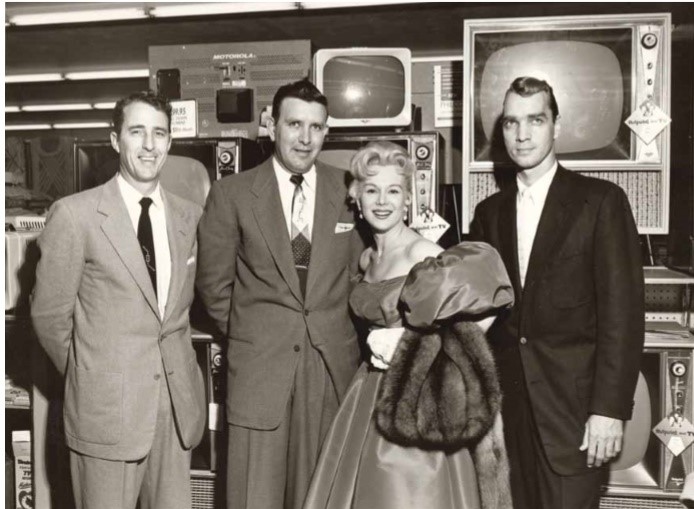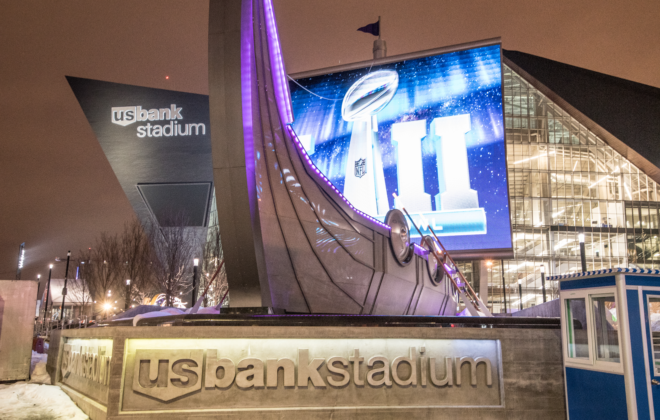Hard-Earned Growth in Household Products
Graybar had two main divisions in the postwar years: the supply division, which sold electrical and communications equipment, and the appliance division, which sold appliances and housewares to retail stores.
Graybar’s appliance business was never highly profitable due to intense competition and narrow margins. Moreover, the business was seasonal. Every fall Graybar’s retail store customers would stock up on products for Christmas, and in January they would return whatever was unsold or damaged. Retiree Dougl Peck said, “the business would drive you nuts” when the products came back in January. When former Chairman, President and CEO Bob Reynolds joined the company in 1972, he started in the Boston warehouse, sorting and clearing out newly returned products. “That’s what I did for weeks,” he recalls.

But tough competition did not stop the company and its people from building the largest and most successful appliance distribution operation in the country, selling refrigerators, washing machines, TV sets, air conditioners, electric fry pans, waffle irons and numerous other consumer products. At its peak in the 1950s and early 1960s, this business—referred to good naturedly as “pots and pans”—accounted for nearly 25 percent of Graybar’s annual revenues.
Some people in the supply department looked down on the appliance business because of its limited profit margins. However, President Willard Henges supported the business wholeheartedly. In 1952 he told the Long Beach, California, Press-Telegram, “The push-button era has arrived for the American family with electrical appliances today doing more work than at any other time in the nation’s history.” He predicted continued strong demand, saying, “Folks have been accustomed to a high standard of living, and they’re not going to give it up.”
Graybar distributed some of the best-known brands in the nation, including Sony, Westinghouse, Whirlpool, Kelvinator, Oster, Norelco and dozens of others. Each district negotiated its own distribution deals. For instance the Chicago district sold Norge major appliances such as refrigerators while the Kansas City district sold Hotpoint. As a result, when the Des Moines branch changed districts from Chicago to Kansas City in 1953, it stopped selling Norge and began selling Hotpoint.
Even within districts, individual branches sometimes varied widely in their approach to the business. In the Philadelphia district, the Baltimore office had a relatively modest appliance operation, while the Philadelphia branch was a major distributor of small appliances such as toasters and electric blenders. Competition in Philadelphia was robust. “There were maybe a dozen small-appliance distributors in the city, and all of them had similar products,” retiree Fred Meyer said. “So the challenge was to get stores, not products.” Distributors in Philadelphia jockeyed constantly to sign up stores by offering co-advertising programs and other incentives.
A key selling point for Graybar was its nationwide team of home economists who were available for in-store product demonstrations. “Miss Dorothy Link, home economist with the Graybar Electric Company, will be present on Thursday, Dec. 20 to prepare the coffee in the Coffeematic and fry the doughnuts in the Fryryte,” retailer Herdman Electric of Greeley, Colorado, advertised in 1951. “Samples of the food will be given to all store customers.”
Distributing appliances was more freewheeling and promotional than selling electrical supplies. Morrie Paulsen, who was in charge of appliance sales at the Wichita branch in the late 1940s and later became manager of Hotpoint sales for the Kansas City district was a natural showman, who often took part in Hotpoint cooking demonstrations in small towns in Kansas. He sometimes dressed outlandishly—for instance in black shorts, white socks, and shirt and tie—to make the demonstrations more entertaining. “I’d help the economist stir up the stuff like you see on TV today,” he says. “I just had a ball doing that.”
Fewer than half of all American farms had electricity at the end of World War II, but the situation changed rapidly with the postwar growth of rural electric cooperatives. By 1956 electricity was available to 98 percent of the nation’s farms, and many rural families were buying their first electric appliances. “The gals would come from miles around to see how to cook on an electric range,” Paulsen said of the Hotpoint demonstrations in Kansas. “We were the big show in town.”



